Rome is a city steeped in history, drawing millions of visitors every year to marvel at its legendary ruins and witness how both culture and architecture have evolved over the course of millennia. While many come to explore iconic monuments such as the Pantheon and the Colosseum, there is one remarkable exhibit that offers a uniquely comprehensive perspective on the Eternal City’s ancient grandeur: the Plastico di Roma Imperiale, a detailed 1:250 scale model of Imperial Rome that brings the city’s fourth-century skyline to life.
A Glimpse into Imperial Rome
Commissioned by Benito Mussolini in 1933, this plaster model depicts Rome during the reign of Constantine the Great, around the early fourth century AD. Today, it resides in the Museum of Roman Civilization (Museo della Civiltà Romana), a venue originally opened in the 1930s to chronicle the extensive history of Ancient Rome. Despite its age, the Plastico di Roma Imperiale remains one of the most important visual references for how the city once looked.
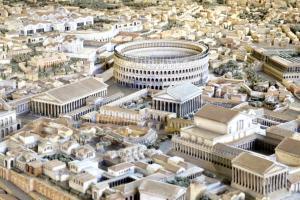
Model of Ancient Rome the Colosseum with on the left the Temple of Venus and Rome and the Basilica of Maxentius.
The Vision of Italo Gismondi
Italo Gismondi, an archaeologist, devoted much of his life to refining this large-scale replica. Initially, the core design was based partly on Rodolfo Lanciani’s 1901 map, Forma Urbis, and was showcased during a significant exhibition commemorating the 2,000th anniversary of the death of Augustus (honored at the Mausoleum of Augustus). After this event, the model was permanently installed in the Museum of Roman Civilization in the 1950s, where Gismondi continued to expand and perfect it up until 1971.
The resulting creation is more than just a model; it is an artistic and scholarly masterpiece. Gismondi consulted precise archaeological data to accurately reproduce well-known monuments—including the Pantheon, the Roman Colosseum, and the Campus Martius. For residential areas or sites lacking substantial archaeological remains, he used representative architectural designs that reflect typical ancient Roman building methods.
The Irony of Mussolini’s Commission
Although Mussolini commissioned the project, a significant irony underlies its creation. His urban policies led to the destruction of much ancient housing and smaller structures to build wide roads—such as the Via dei Fori Imperiali, connecting the modern city center to the Colosseum. These demolitions inadvertently caused gaps in the historical record, making Gismondi’s task more challenging. In places where references were missing, Gismondi had to rely on scholarly conjecture to reconstruct the missing pieces of Rome’s urban landscape.
To see high-resolution photographs and learn more about the model, you can visit the Museum of Roman Civilization’s official website or explore resources like Viral Spell, which provide close-up images of the Campus Martius, the Circus Maximus, the Tiber Island, and the Flavian Amphitheatre (better known as the Colosseum). Browsing these images offers a virtual journey through the city at its zenith, allowing modern observers to grasp the ambition and scale of Rome at its height.
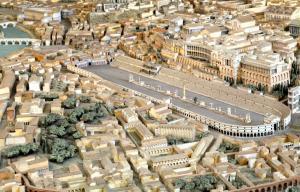
Model of Ancient Rome: Circus Maximus, Domus Augustana and the Palatine.
The Plastico di Roma Imperiale evokes the spirit of a “living map”—so detailed that it recalls the fictional map described by Borges’s cartographers, which matched the empire’s scale at a ratio of one to one. While that idea is more metaphor than reality, it remains an apt comparison for this tribute to Rome’s far-reaching grandeur. Standing before the model, visitors can vividly imagine the bustling streets, towering temples, and impressive arenas that made the Eternal City a beacon of civilization.
Whether you are a seasoned scholar or a curious traveler, the Plastico di Roma Imperiale provides an unparalleled window into the world of ancient Rome. From iconic monuments like the Pantheon and the Colosseum to the everyday streets and houses of the fourth century, this remarkable scale model captures the scope and spirit of a civilization that still fascinates us today. In a single glance, it ties together centuries of Roman history—a true testament to both the city’s enduring legacy and the dedication of those who strive to preserve it.

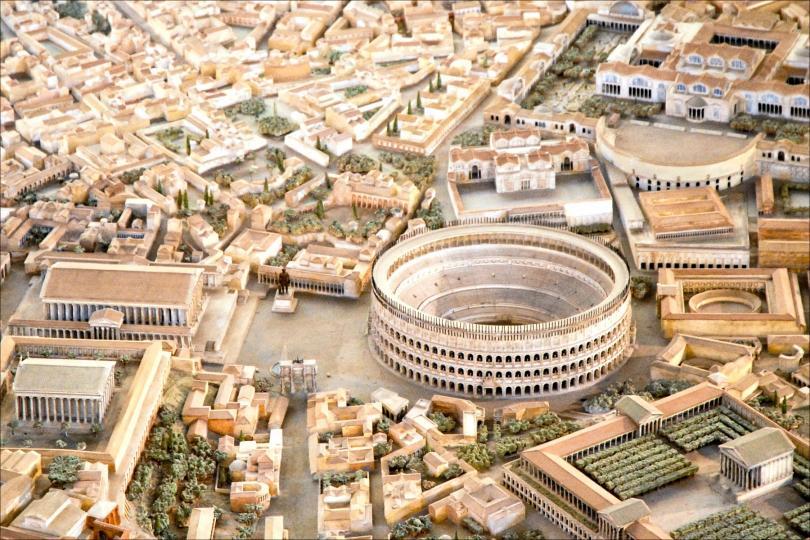
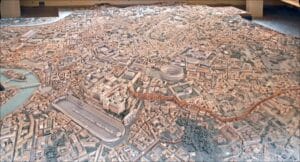
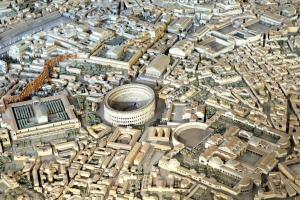
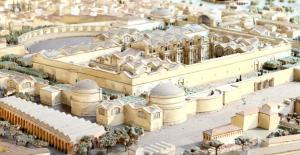

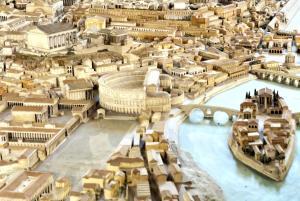
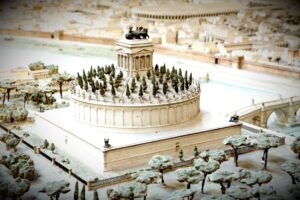
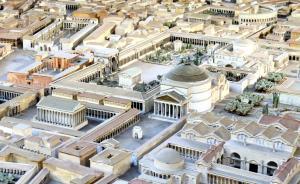
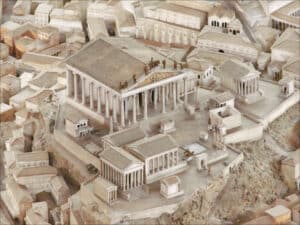
Leave a Comment